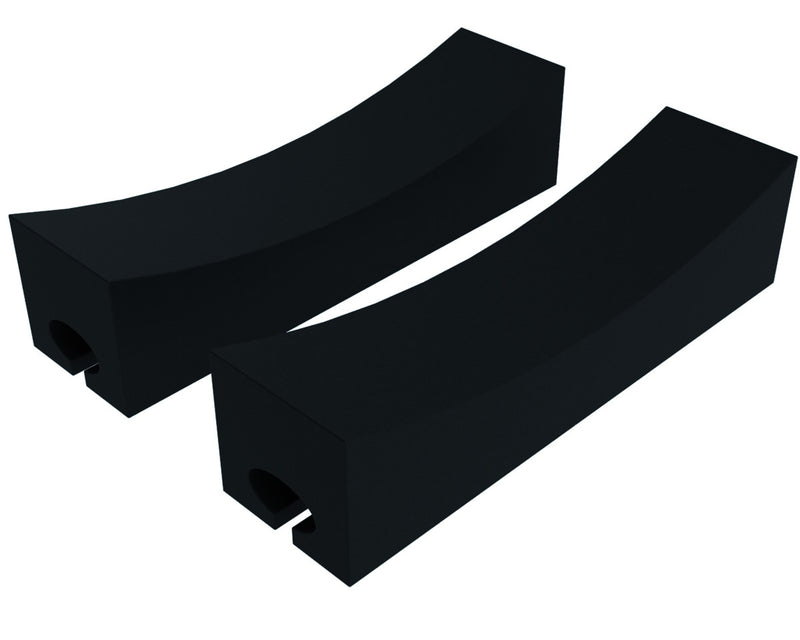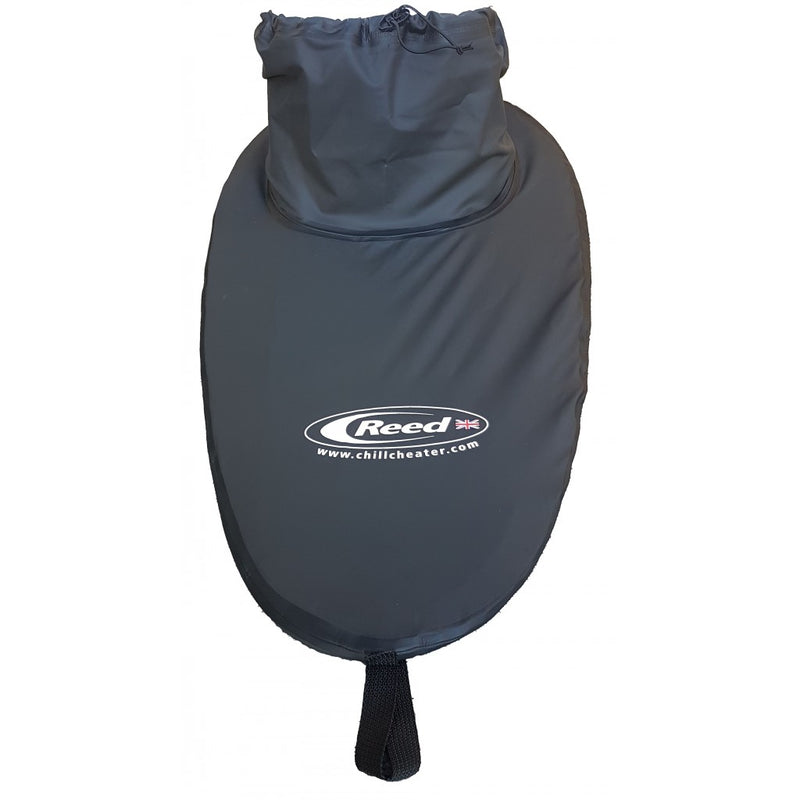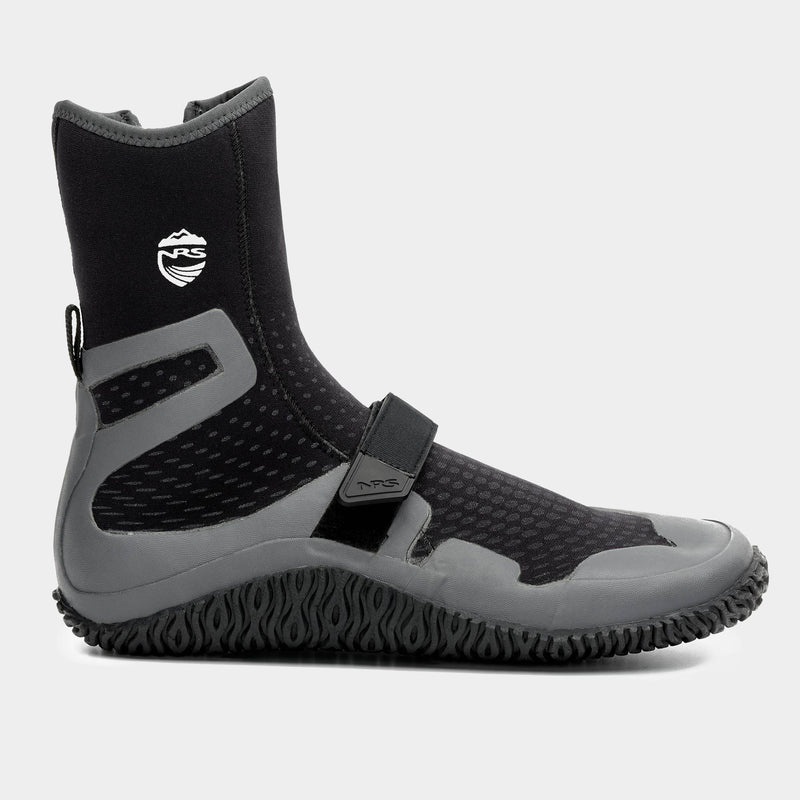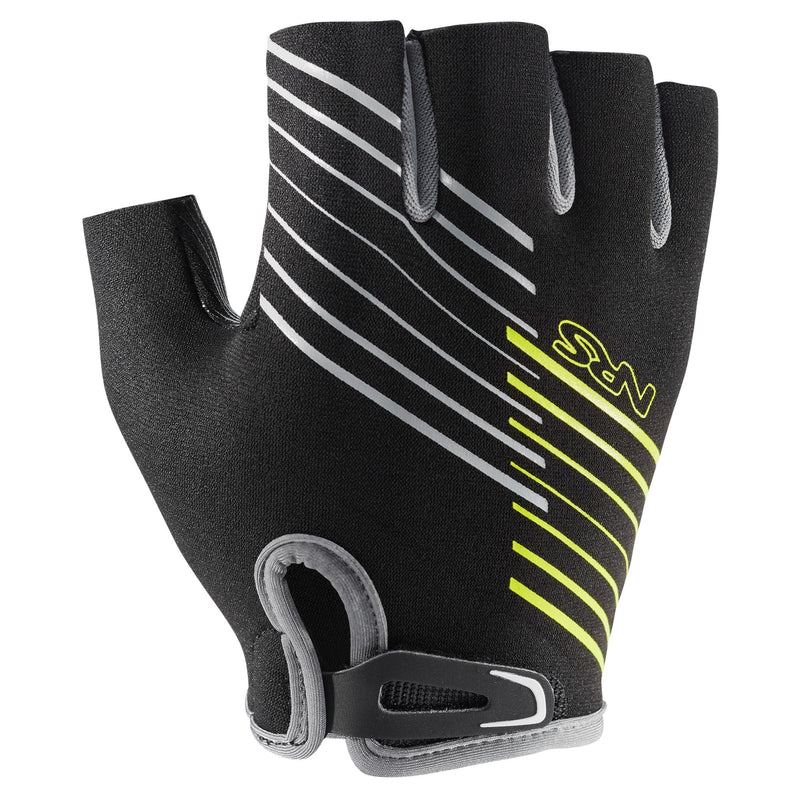K2 “REGIUS”, K2 “VENTO” and K4 “CONQUEROR” are the new models which differ from any other by not using an edge or a chine that slopes upwards from the bow in a concave curve leading splashes and waves into the cockpits.
A chine which instead slopes downwards from the bow is known from naval constructions increasing the carrying capacity above the forebody without loosing its narrow lines below the water. The Greenland kayaks include this shape too.
With a correct course the chine has a useful influence on the speed because it turns the top of the bow wave away from the surface of the kayak body and thereby diminishes the friction.
Nowadays where the freeboards are no longer narrow and flat in the cross section of the kayak forebodies there is besides fewer tendencies for the bow to dive during the paddle stroke.
The freedom of movement has been improved, especially for the stroke paddler. In the new models he/she may strike the paddle into the water closer to the kayak centre line than ever before. – In the K2`s it is a question about 2,2 cm and in the K4 it is 9,3 cm on each side. A change from K1 is completely without any problems for the paddling technique.
Trimming of the waterline is of greatest importance to the ability on every kayak. Fig. 1 is showing the bow movements at height speed during a paddle stroke where the head of the bow runs through a curve which changes due to the trim. On top it has been drawn to be “on the heel”, at the bottom “on the nose” and in the middle to be a balanced trim which obtains to from a plane convex curve instead of the topped concave ones. Since wrong trimming “on the nose” is frequently noticed Fig. 2 is showing the results from water resistance tests in a research institute basin.
The weight of the paddlers split at 150 – 160 kg in the K2 models, “REGIUS” for the light and “VENTO” for the heavier paddlers. – With its moderate rocker the K4 “CONQUEROR” covers any current load.
Paddlers: max. 350 kg
Designer: Jørgen Samson












